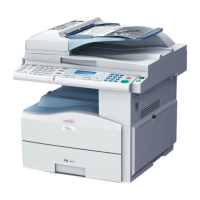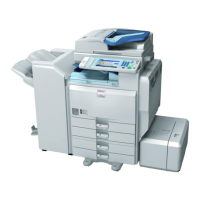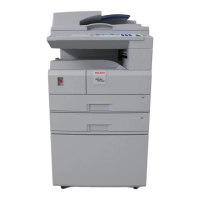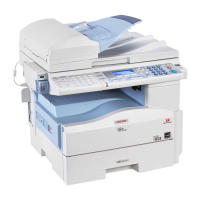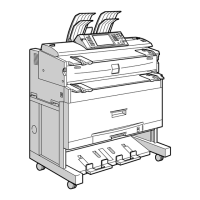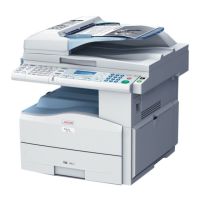Problem Cause Solution
Misfeeds occur frequently. The paper is too thick or too
thin.
Use recommended paper. See
“Recommended Paper Sizes and
Types”, About This Machine.
Misfeeds occur frequently. The copy paper is wrinkled or
has been folded/creased.
Use recommended paper only and be
sure its storage environment meets the
recommended temperature and
humidity conditions. For details about
recommended paper and the proper
way to store it, see “Recommended
Paper Sizes and Types” and “Paper
Storage”, About This Machine.
Copy paper becomes
creased.
Printed paper is being used. Do not use paper that has been already
copied or printed onto.
Copy paper becomes
creased.
The paper is damp. Use paper that has been stored in the
recommended temperature and
humidity condition. See “Paper
Storage”, About This Machine.
Copy paper becomes
creased.
The paper is too thin. Use recommended paper. See
“Recommended Paper Sizes and
Types”, About This Machine.
Images are only partially
printed.
The paper is damp. Use paper that has been stored in the
recommended temperature and
humidity condition. See “Paper
Storage”, About This Machine.
Black lines appear on the
print produced at the
destination.
The ADF, exposure glass or
scanning glass is dirty.
Clean them. See p.137 "Maintaining
Your Machine".
Background of received
images appears dirty. Images
from the back of the page
appear.
Image density is too high. Adjust the scan density settings. For
details about how to change the density,
see “Density (Contrast)”, Facsimile
Reference.
Received image is too light. When using moist, rough, or
processed paper, areas of
print may not be fully
reproduced.
Use recommended paper. See
“Recommended Paper Sizes and
Types”, About This Machine.
When You Cannot Send or Receive Fax Messages As Wanted
49

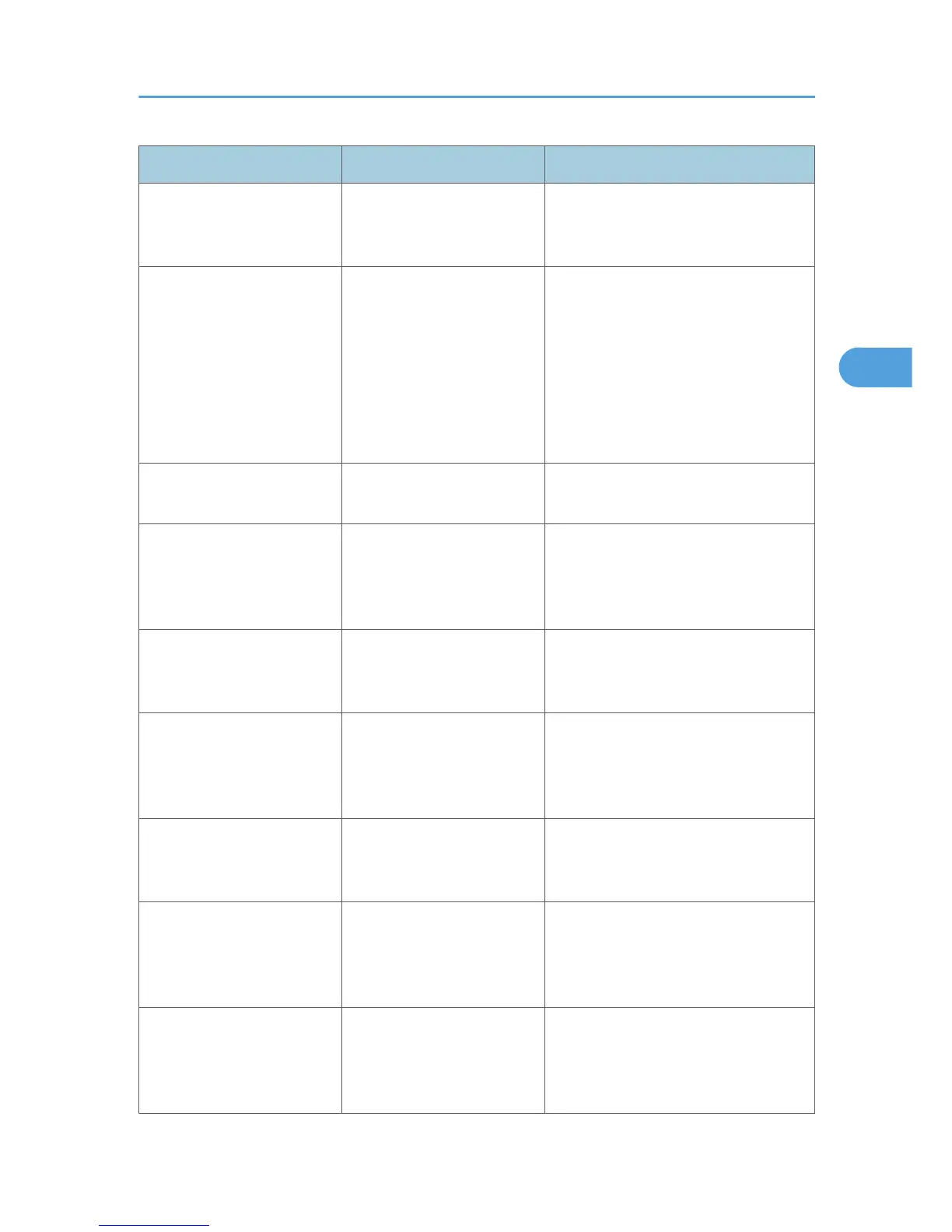